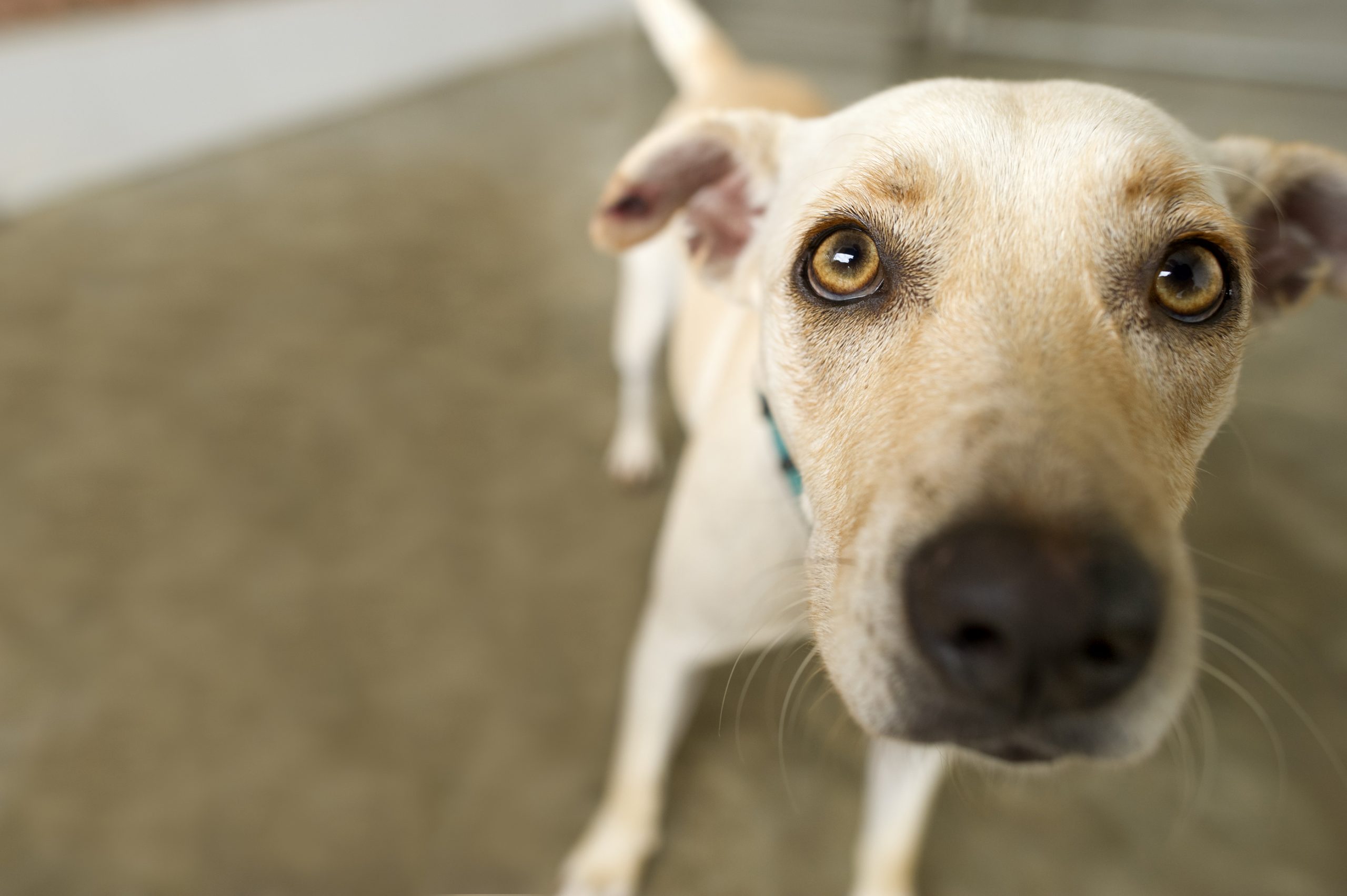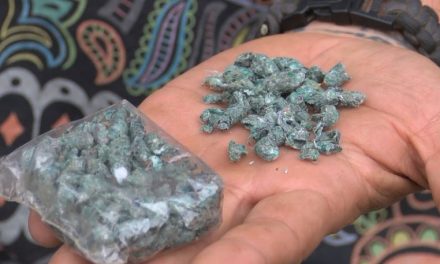6 Medical Conditions That Dogs Can Sniff Out
Dogs have the most amazing noses. In fact, they are famous for their sense of smell and it’s no wonder; they have about 220 million scent receptors (we have 5 million- we must stink to them), they can smell things we couldn’t imagine, they can detect some odors in parts per trillion, they can detect subtleties in scents, and their smelling of us and other dogs is actually more like a well conducted interview- as their noses tell a lot more than we imagine (think age and recent meal, for starters).
We’ve all heard stories about dogs finding drugs in unbelievable hiding places and finding their way home, even from hundreds of miles away- all thanks to their sense of smell. So, with that in mind, did you know that dogs can also smell medical conditions?
From the article:
“Dogs can pick up on tiny changes in the human body, from a tiny shift in our hormones to the release of volatile organic compounds, or VOCs, released by cancer cells. Researchers and dog trainers are just beginning to understand how dogs do this and how we might put them to work in being our helpers in health care. Here are six medical conditions that dogs are able to smell.”
Cancer: This may be the most famous condition that dogs have been known to discover by scent; at this time, dogs have been able to sniff out skin cancer, breast cancer and bladder cancer. Researchers are continuing to look into dogs’ abilities when it comes to sniffing for cancers. In studies, dogs have been successfully trained to detect the disease using samples from known cancer patients and people without cancer.
More from the article, “Sometimes the dogs can do an even better job than the humans in these studies. According to Penn State News, Nancy Dreschel, a veterinarian in Dairy and Animal Science at Penn State University, tells of an illuminating example: ‘A scientist was training dogs to detect bladder cancer in humans by smelling their urine. She said a dog alerted them to a sample from a supposedly healthy person who was being used as a control. On reexamination that person was found to have bladder cancer, so the dog caught it before anyone else did.'”
Since researchers still don’t know what chemical compounds for each type of cancer the dogs are smelling, which allows them to alert to the presence of the disease, this remains a hurdle for training cancer-sniffing dogs and creating machines to do the same work.
Narcolepsy: Narcolepsy, a brain disorder that affects the ability to control sleep-wake cycles, allows a person to suddenly fall asleep- even though they may be doing a task, like driving. A narcoleptic person goes through a biochemical change that dogs can smell and therefore are able to alert someone before the attack.
From the article, “Service dogs help people with narcolepsy by performing several different types of tasks. They can stand over the person’s lap when an attack comes on, which prevents them from sliding out of a chair onto the floor; they can also stand over the person to protect them if they are out in public, or they can go get help. And most importantly, they can provide a warning up to 5 minutes before an attack comes on, giving their handler a chance to get to a safe place or a safe position.”
Migraines: If you’ve ever had a migraine, you know how wonderful it would be to have warning; it’s like the difference between managing it and being taken out by it- maybe even for days. Some dogs have a talent for sniffing out the signs that a migraine is on the way, at least that’s what their owners have said, and 1 or 2 before hand, as well.
Migraine alert dogs are able to hone in on the scent of serotonin, a chemical that skyrockets when the body is about to have a migraine, and therefore alert their owners.
Low blood sugar: Dogs are also able to smell when blood sugar drops or spikes. They are trained to sniff out hypoglycemia in diabetic patients, from a diabetic’s breath or sweat when they are experiencing hypoglycemia, and are even trained to differentiate, “between the scent from a previous episode, which may linger on their clothes or in their home, and the scent of a current episode. They detect when their handler is having an issue and alert the person, giving them time to test their blood sugar and take the insulin they need”, reports the article on MNN.
Seizure: At this time, dogs cannot be trained to predict seizures but they can be trained to assist when one occurs. While some service dogs who are placed with seizure patients do develop, over time, the ability to detect a potential seizure- and provide an alert, if the handler pays close attention to the dogs signals- further research is still necessary.
More from the MNN article, “We have to first learn how dogs know when a seizure is coming — are they smelling a change in body chemistry, or are they picking up on behavior changes? — before we can reliably train them to alert handlers before a seizure happens.”
Fear and stress: Our dependable canine friends can also smell fear (and stress) thanks to the surge in hormones (like adrenalin and cortisol) our bodies emit, even if we don’t show any outward signs. Check out this amazing story about 18-month old Cali, from DogTime:
“This 18-month Rhodesian ridgeback is the first cortisol-sniffing dog on staff at a school. Cortisol is known as the ‘stress hormone,’ and people on the autism spectrum tend to have higher levels of cortisol in their blood. Cali is employed to detect rising cortisol levels in the students. She waits outside of school each morning as the students file by. If she notices anyone with a high level of cortisol in their blood, she will signal to her handler, Casey Butler, a health teacher on staff at The Calais School who is a certified specialist in natural canine behavior rehabilitation and in animal adaptive therapy. When Cali stares at a child, Butler knows that is the signal. She then takes that child aside and works with him or her before a meltdown occurs.”
While we have a long way to go in discovering what dogs smell and know about us due to smell (and how we can best train them to help us with their noses) it’s clear that research needs to continue. As an animal, health and science lover, I must say I love this story. LOVE.
Source: Mother Nature Network and Dogtime












